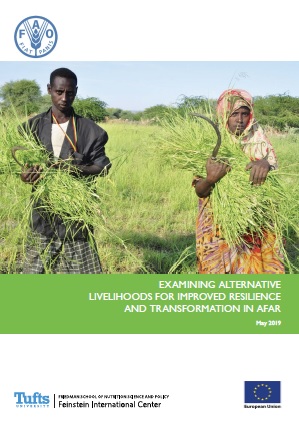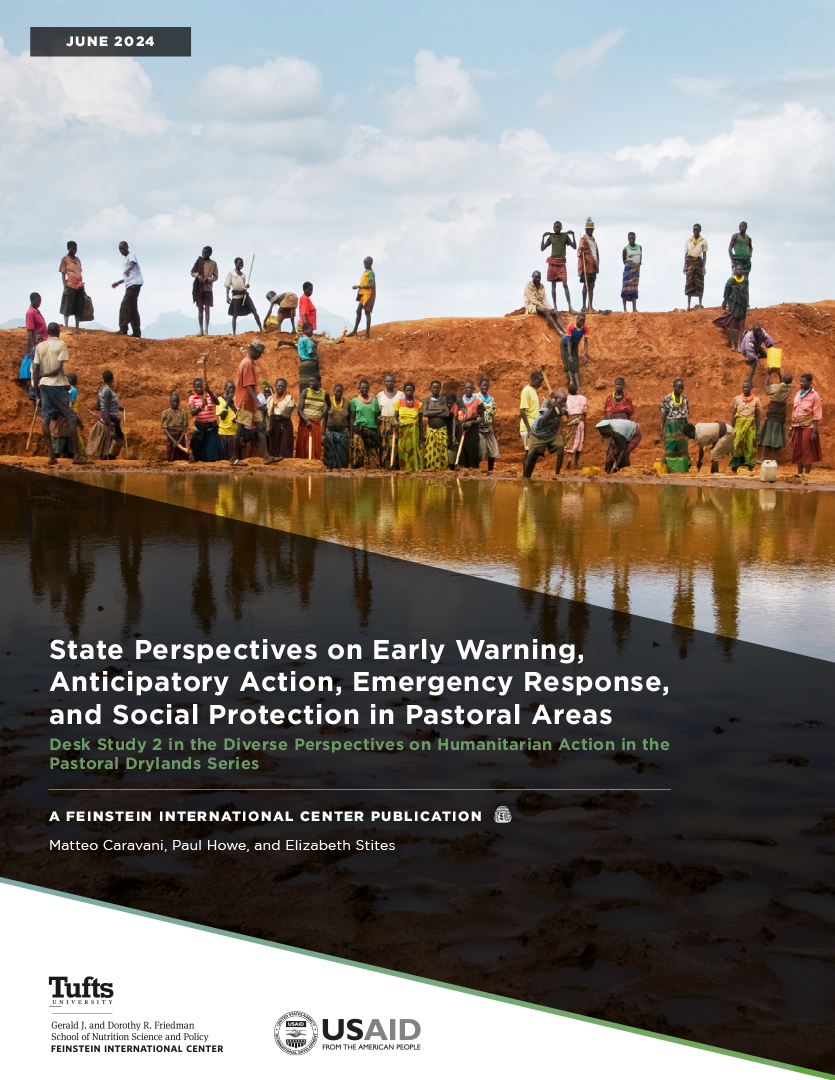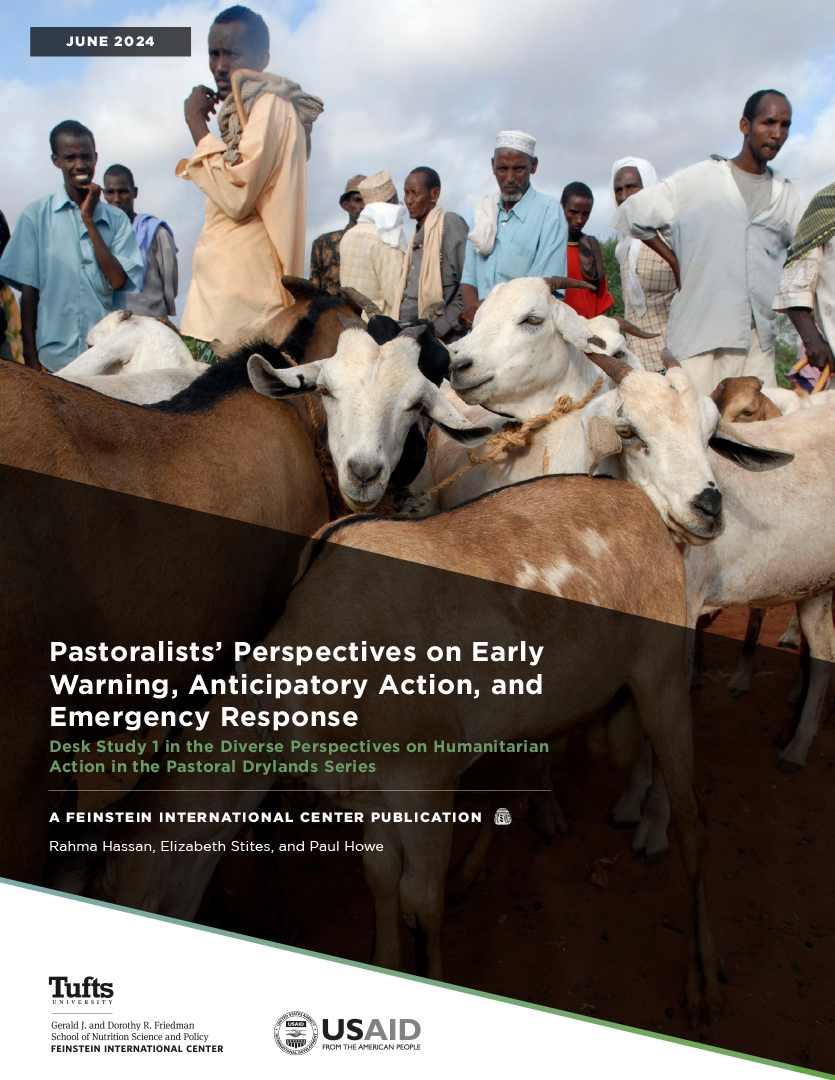Traditional pastoral livelihoods have continued sustainably for generations using flexible adaptive responses to the climatic variability in Ethiopia’s Afar region. Recently, however, multifaceted driving forces such as demographic and policy changes, more extreme climate events, market changes have affected the capacity of the pastoral system to adapt.
The study established that the traditional pastoral system has evolved into three major livelihood pathways, depending on the wealth status of the household: (1) pastoralism with commercialization of livestock; (2) livestock keeping along with income diversification; and (3) non-livestock alternative livelihoods. The report reviews the different types of alternative livelihoods in the region and makes recommendations for interventions.







